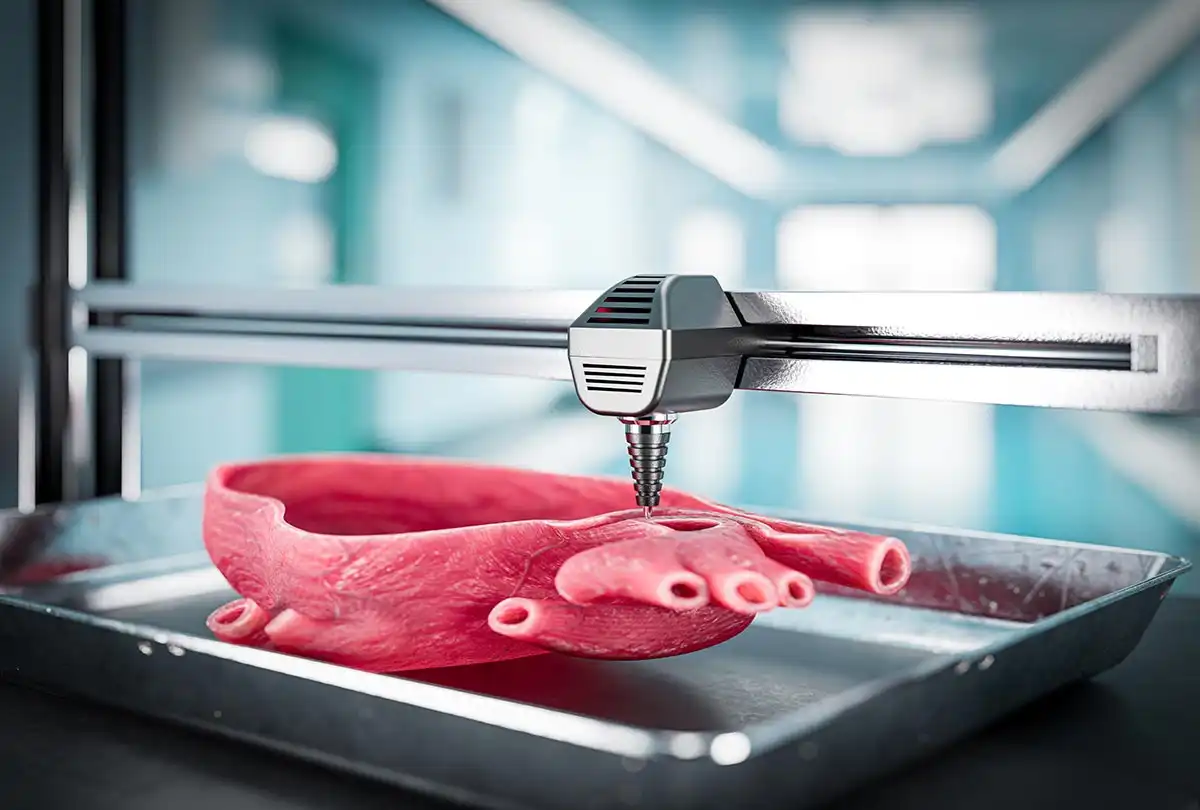3D Bioprinting
The introduction of 3D printing technology has transformed a wide range of sectors, from manufacturing to fashion. However, one of the most promising applications of this technology lies in the medical field, specifically in 3D bioprinting. This novel technology has the potential to change the face of healthcare and medicine as we know it.
Table of contents
- What is 3D Bioprinting?
- How Does 3D Bioprinting Work?
- The Evolution of 3D Bioprinting
- Applications of 3D Bioprinting
- Challenges and Ethical Considerations
- The Future of 3D Bioprinting
- What is the Purpose of 3D Bioprinting
- Who Uses 3D Bioprinting
- Why is 3D Bioprinting Needed
- Final Thought
- Youtube Video About 3D Bioprinting
- FAQ
What is 3D Bioprinting?
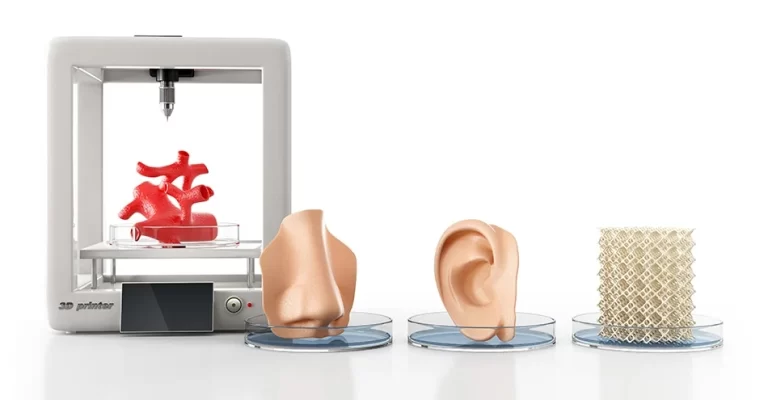
3D bioprinting is a process that uses 3D printing techniques and biological materials to create three-dimensional structures that mimic natural tissues and organs.
These structures are built up layer by layer with bioink, a sort of ink made of live cells and other friendly components. Before being employe for its intent purpose, the 3D bioprint product is mature in a bioreactor.
How Does 3D Bioprinting Work?
3D bioprinting is a complex process that involves several steps. Here’s a simplified explanation of how it works:
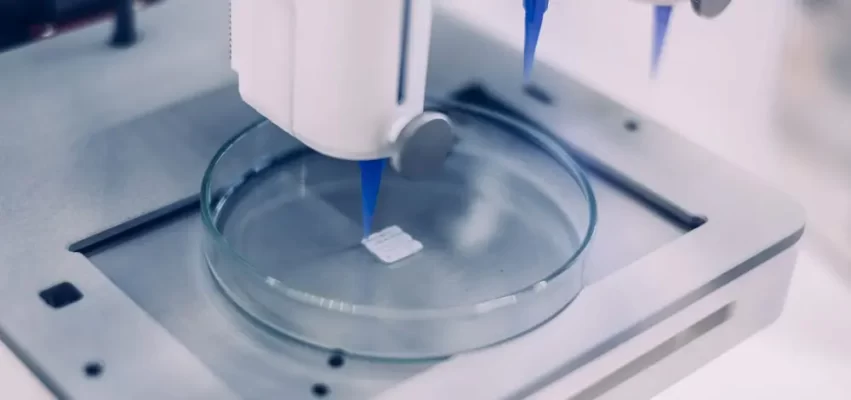
Designing the Blueprint
The first step in 3D bioprinting is to create a digital model or blueprint of the biological structure that needs to be print. This is often accomplish with computer-aided design (CAD) software.
The model is based on medical imaging data like MRI or CT scans, which offer extensive information about the size, shape, and internal architecture of the structure.
Preparing the Bioink
The following step is to prepare the bioink, which will be utilise to print the construction. Bioink is often a blend of live cells (which might be tissue-specific) and a biocompatible substance that supports the cells. The cells and supporting material used are determined by the type of tissue or organ being produced.
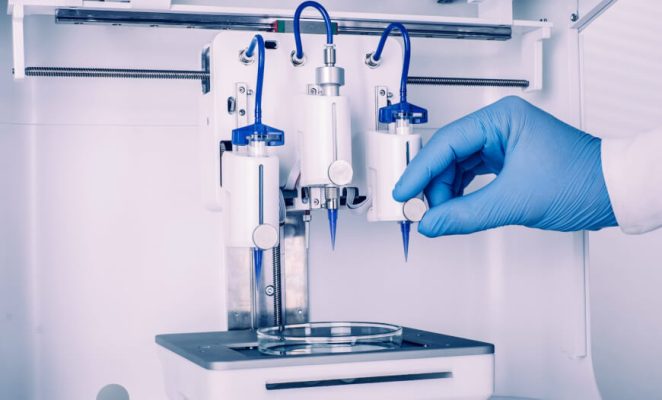
Printing the Structure
Following the plan, the 3D bioprinter builds the structure layer by layer. To construct the structure, the bioink is put at specific areas. This method is identical to that of a standard 3D printer, except that instead of plastic or metal, a 3D bioprinter employs bioink.
Maturation
The construction is not immediately usable after printing. It must mature in a controlled environment that simulates the circumstances found within the human body.
This permits the bioink’s cells to develop and produce a functioning tissue. Depending on the intricacy of the structure, the maturation process might take anywhere from a few days to several weeks.
The end result is a 3D bioprinted structure that closely mimics natural tissue in terms of function and biocompatibility.
This makes 3D bioprinting a promising technology for a variety of medical applications, from tissue engineering to drug testing.
The Evolution of 3D Bioprinting
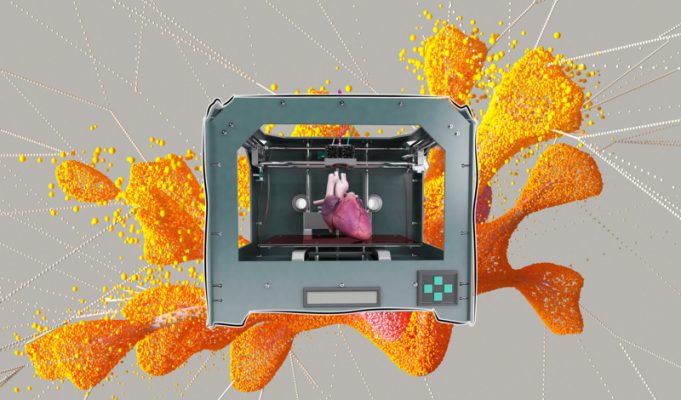
The concept of 3D bioprinting is not new. It has been around for decades, with the first patent for bioprinter being granted in the early 2000s.
Since then, there have been several developments in the subject, with researchers constantly enhancing the technology and increasing its possible uses. 3D bioprinting is already a sophisticated technique capable of producing complicated biological structures.
Applications of 3D Bioprinting
The potential applications of 3D bioprinting are vast and varied, promising to revolutionize several areas within the medical field. Here are some of the most significant applications:
Tissue Engineering and Organ Transplantation
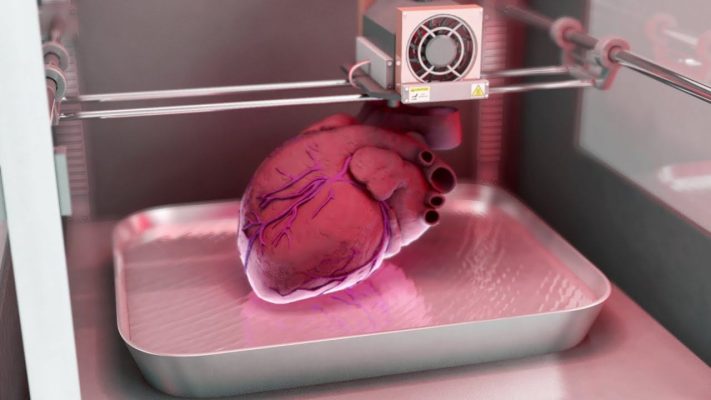
Tissue engineering and organ transplantation are two of the most promising uses of bioprinting. The capacity to develop personalised tissues and organs that fit the patient’s biological profile should minimise the danger of rejection and the requirement for donor organs dramatically. This has the potential to save countless lives while also improving the quality of life for many more.
Drug Testing and Pharmaceutical Research
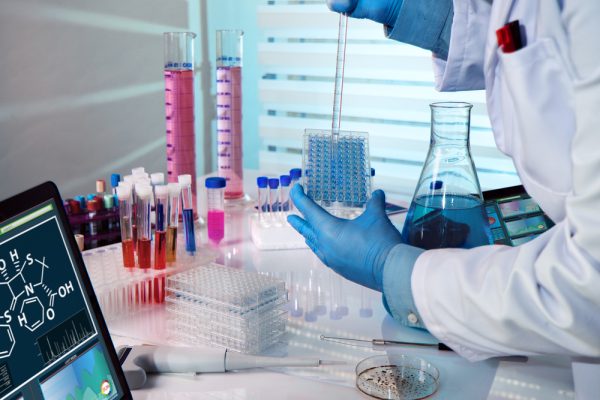
3D bioprinting also has significant potential in drug testing and pharmaceutical research. Instead of testing medications on animals or people, researchers may analyse the efficacy and safety of novel treatments using bioprinted tissues.
This not only speeds up medication research but also alleviates the ethical difficulties connected with animal and human testing.
Personalized Medicine
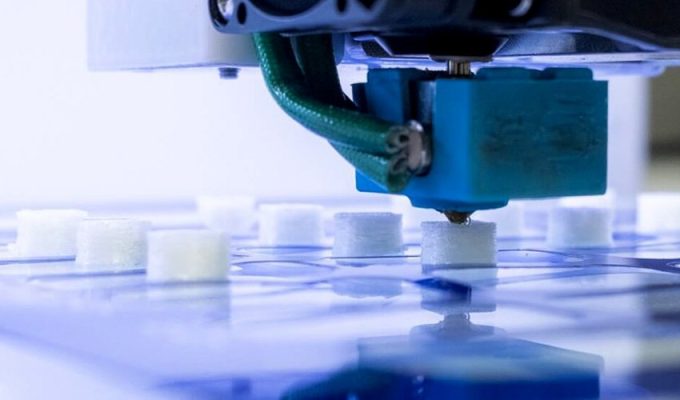
The capacity to produce patient-specific tissues and organs expands the realm of personalised medicine. Treatments might be personalised to the individual patient, taking their particular genetic composition and health problems into consideration. This may result in more effective therapies and improved patient outcomes.
Challenges and Ethical Considerations

Despite its potential, 3D bioprinting is not without its challenges. There are technological challenges to solve, such as increasing printer resolution and the survival of printed cells.
There are also ethical considerations to address, such as the ramifications of producing human organs and the possibility for technical misuse.
The Future of 3D Bioprinting
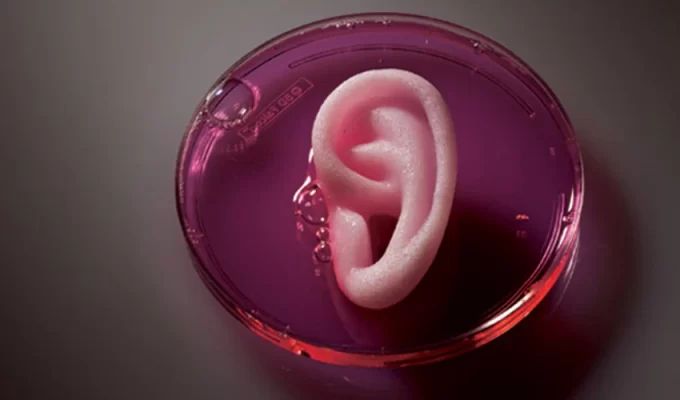
The future of 3D bioprinting is incredibly promising. We may anticipate to see increasingly sophisticated and useful biological structures produced as technology advances.
This might pave the way for advances in personalised medicine, where therapies are tailored to the particular patient, as well as the potential of printing complete organs for transplantation.
What is the Purpose of 3D Bioprinting
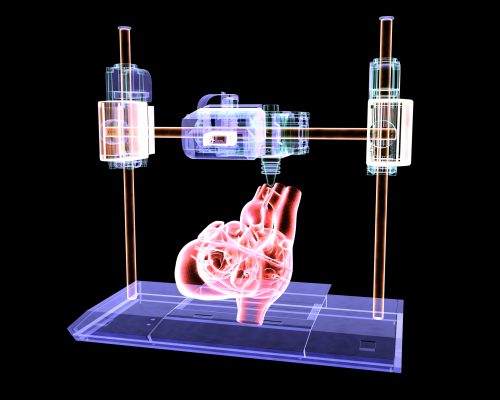
The primary goal of 3D bioprinting is to create structures, including tissues and possibly organs through a process of layer, by layer deposition using bioinks that contain cells, growth factors and biomaterials.
This groundbreaking technology seeks to mimic the architecture of tissues leading to advancements in regenerative medicine, pharmaceutical research and personalized healthcare. Its potential impact on healthcare is immense as it offers solutions, for tissue regeneration, disease modeling and drug testing.
Who Uses 3D Bioprinting
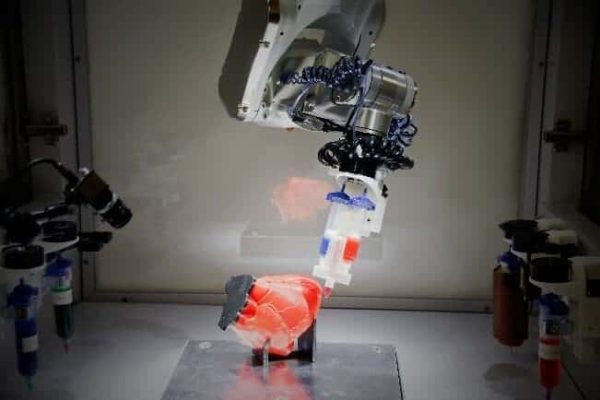
3D bioprinting is mainly utilized by scientists and experts, in the field of research such as tissue engineers, medical researchers and pharmaceutical companies. Academic institutions and research labs employ this technology to study processes and disease models.
Furthermore biotechnology companies are investigating its potential for creating tissue implants and organ replacements. Surgeons and clinicians are also showing growing interest, in how it could be used for medicine and treatments tailored to patients.
Why is 3D Bioprinting Needed
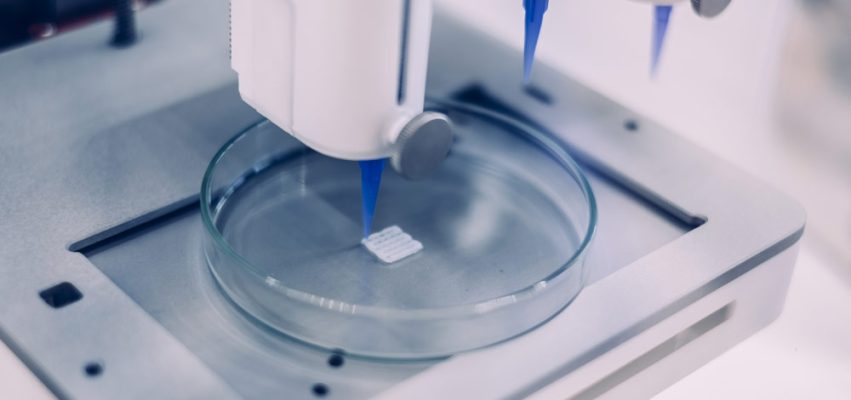
3D bioprinting is essential, for overcoming the drawbacks of tissue engineering and organ transplantation methods. It provides an customizable way to produce tissues that closely resemble natural ones. This advancement has the potential to address challenges such as shortages of organ donors and rejection issues associated with transplants.
The significance of this technology lies in its ability to facilitate personalized medicine by creating patient tissues for both purposes and research. Additionally it expedites drug development and testing thereby reducing dependence, on animal models and enhancing outcomes.
Final Thought
In conclusion, 3D bioprinting represents a significant advancement in the field of medicine. While there are still obstacles to overcome, the technology’s potential advantages are apparent.
With sustained study and development, bioprinting has the potential to revolutionise healthcare and improve the lives of millions of people worldwide.
Youtube Video About 3D Bioprinting
FAQ
The cells employe in bioink might differ greatly depending on the tissue or organ being produce. They can comprise stem cells, skin cells, heart cells, and other types of cells.
While the technique has great potential, it is currently more effective in generating simpler tissues like as skin, cartilage, and blood vessels. Complex organs with sophisticated architecture and various types of cells, such as the heart or kidneys, remain a difficulty.
Ethical concerns include the potential for technical misuse. Such as the creation of organs for non-medical purposes, as well as worries concerning the source of cells utilise in bioink, particularly if stem cells are involve.
Depending on the intricacy of the organ, the printing process might take anything from a few hours to many days. However, the maturation phase, which involves the growth of the printed cells into functional tissue, might take many weeks or even months.
3D bioprinting regulation is still in its early stages and differs by region. Because of the unique nature of the technology and its possible ramifications for healthcare, it is a complicated problem.




